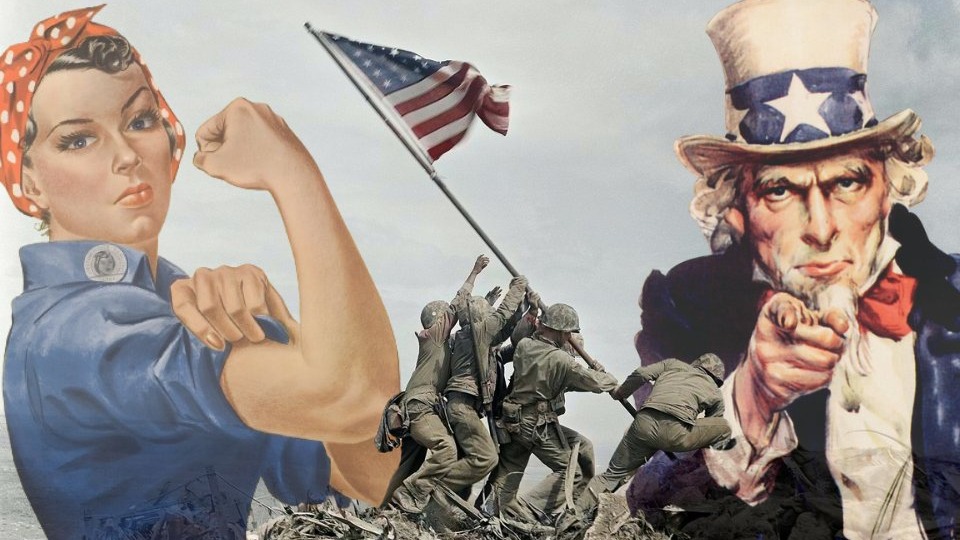
When Necessity Breeds Unusual Cuisine
During World War II, the American homefront faced a unique set of challenges. Rationing and scarcity pushed the culinary boundaries, forcing individuals to be more resourceful than ever before. From using alternative ingredients to concocting meals that would normally be unheard of, this era of creativity sometimes led to culinary disasters. While the nation united to support the war effort, not all food innovations were celebrated.
Bizarre Culinary Innovations: A Closer Look
Much of the food created during World War II aimed to stretch resources and keep spirits high. Grains were limited, and meat was rationed, prompting inventive recipes that often failed the taste test. Here, we'll explore some of the most infamous concoctions that have since become the butt of kitchen jokes:
Spam and Peas Casserole: A dish borne of necessity, this casserole featured Spam, a staple protein for many American families, combined with an unfortunate amount of peas.
Jello Salad: This colorful dish encapsulated the era’s creativity but was often a concoction of unthinkable pairings, such as shredded carrots suspended in a gelatinous mold.
Powdered Eggs: While designed to be a substitute for fresh eggs, their texture and taste led to dissatisfaction among even the most diligent cooks.
While these dishes may elicit laughter or confusion today, they speak volumes about the resilience and adaptability of American families. Many service members likely remember their childhood meals, interspersed with occasional culinary misfires. This creativity in the kitchen served as a morale booster, reminding Americans that they could still create meals—even amidst food shortages.
Connecting Through Shared Experience
These culinary anecdotes create a unique social tapestry among veterans and active-duty service members. Food has a profound way of evoking memories, especially when it connects individuals through shared experiences. Whether it was a beloved family recipe or an infamous wartime disaster, such stories resonate with the sense of community and the bond forged by hardship.
The Taste of Heroism: What These Foods Represent
Reflecting on wartime creations reminds us how culinary enterprises often embody the spirit of military valor. Similarly, the creation of unique meals served to uplift and unite communities, reinforcing strength during adversity. These acts of resourcefulness mirror the heroics displayed by military personnel, as both involve courage and the ability to rise above challenges.
A Fond Look Back: Honoring the Past with Humor
Today, as we remember the resilience of our families and service members during WWII, we should also reflect on how these food experiences have shaped our understanding of valor in action. Sharing these memories can foster deeper connections among veterans and their families, elevating not only the conversations around food but also the stories of heroism that define our communities.
Take Action: Share Your Story
If you have stories about unique wartime culinary creations from your family, please share them. Not only do they provide a tangible connection to our past, but they also enrich our collective understanding of courage and creativity during challenging times. As we honor our military heroes through their food experiences, we can turn these narratives into celebrations of resilience and community.
 Add Row
Add Row  Add
Add 




Write A Comment